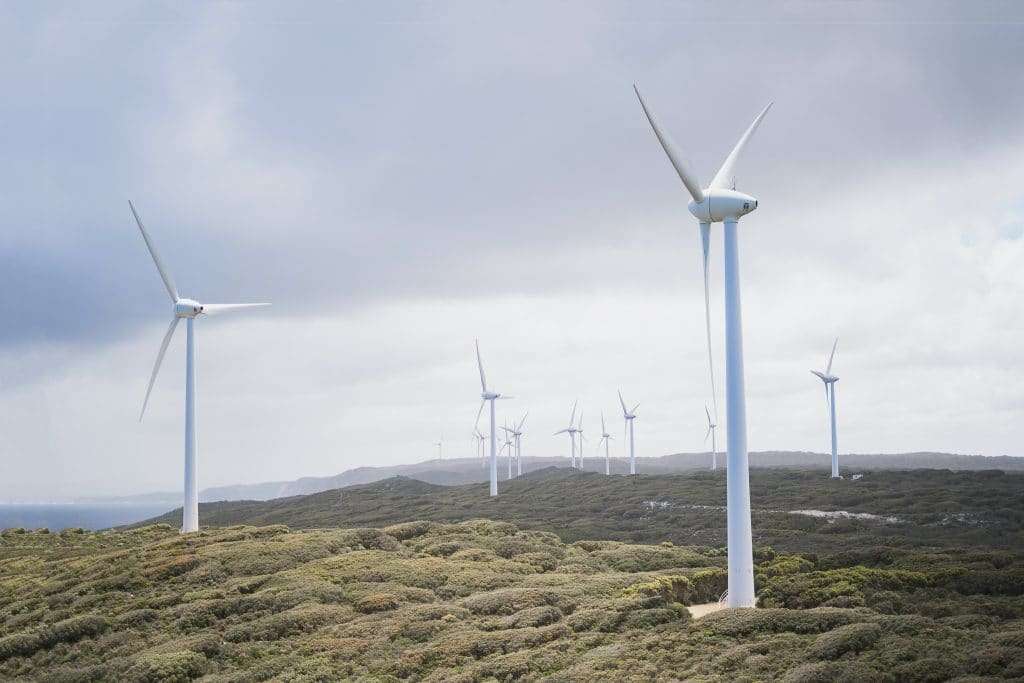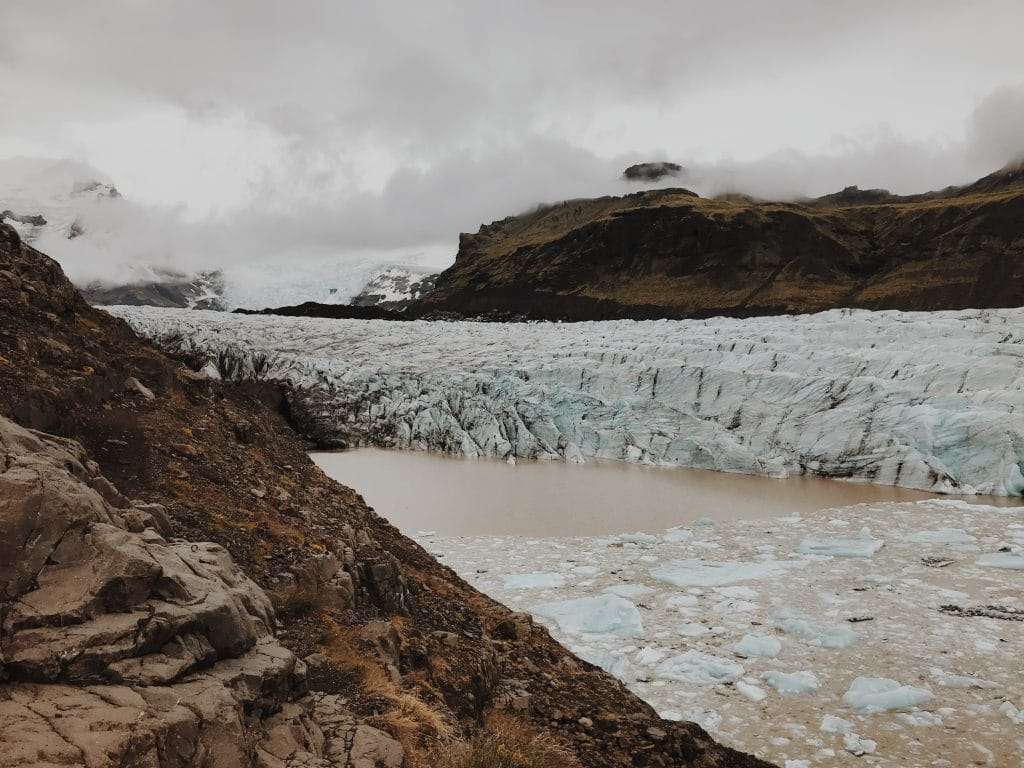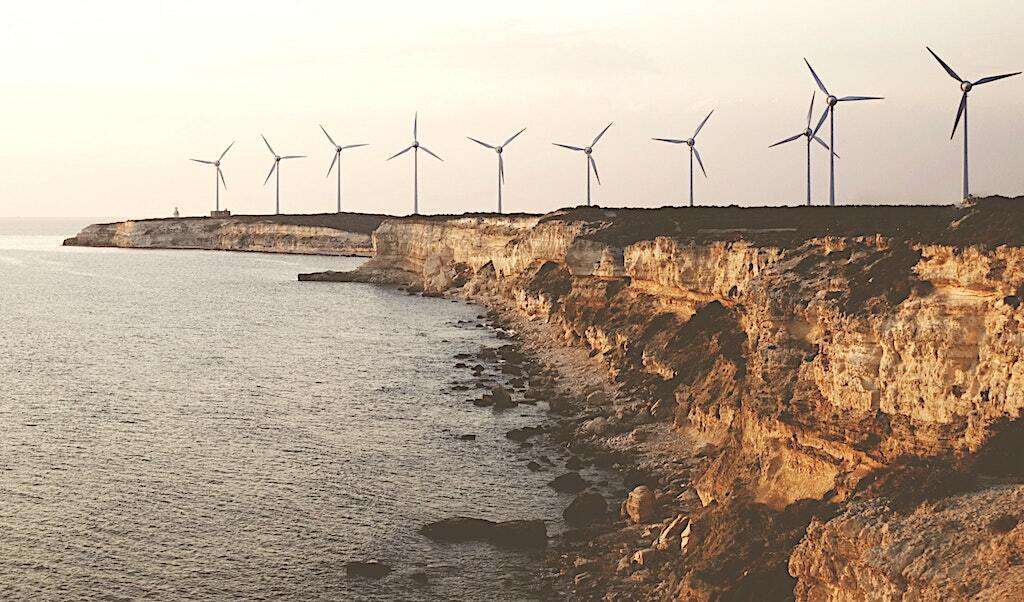Google held its first Cloud Sustainability Summit today, where it introduced solutions and tools to support the digital world’s carbon neutrality goals, including its own ambitious goal to be carbon-energy-free by 2030.
Google is not interested in just going carbon neutral. The digital giant said at today’s Cloud Sustainability Summit that it’s quitting carbon energy entirely by the end of the decade. Through its 24/7 carbon-free energy insights tool, Google says able to decarbonize its electricity usage.
The 24/7 insights tool is being made available to Google Cloud customers in a pilot program launching this week, according to Maud Texier, head of energy development at Google. She says Google is sharing the tool because reaching carbon-free status doesn’t have much meaning if only one company does it.
Carbon-free Cloud
“24/7 is about sparking a movement of organizations that take an interest into grids where they operate,” Texier said. “The bigger-picture goal is to decarbonize electricity usage for all and for good. So for the past 10 years, and together with our partners, we’ve collected insights and knowledge about how to progress your business towards a carbon-free energy future.”
According to Jenn Bennett, technical director for sustainability in the office of the CTO at Google Cloud, the goal is ambitious but doable by enabling a whole bunch of really smart engineers to try to come up with creative and innovative solutions to [climate change] problems,” she said.

Google is also adding Scope 1 and Scope 3 emissions to the Carbon Sense Suite introduced last year in order to help customers better understand and manage their carbon usage, including the addition of a “Low Carbon Mode,” that restricts Google Cloud storage to data centers with lower carbon footprints.
“We’re also excited to launch a dedicated IAM (integrated access model) role for carbon footprint. This will enable those non-Google Cloud users to easily access the emissions data and use it for tracking or in disclosures,” said Justin Keeble, managing director of global sustainability for Google Cloud.
The ultimate goal, according to Bennett is to build a base set of sustainability services to help customers build solutions on the platform.
“We’ve launched a marketplace where our partners can build ISV solutions that maybe make it easier for enterprises to adopt [sustainability initiatives] more quickly, but yet still have that foundation of the [Google Cloud] platform underneath,” Bennett said.
Digital footprint
It’s easy to think of the digital world as being less wasteful than the real world. The ‘delete’ button leaves no visible signs of waste like our massive trash industry, after all. But although it may be harder to see, our increasingly large digital footprints are indeed taking a toll—one Google is aiming to reduce.
The search engine giant announced new metrics and tools, including an updated version of its Google Earth Engine, which is now aimed at supporting enterprise customers. Previously it was a tool previously only available to scientists and NGOs.
According to Google, the new version gives companies access to sophisticated data to help visualize raw material usage and its global impact.

“Google Earth Engine, which we originally launched to scientists and NGOs in 2010, is at the forefront of planetary scale environmental monitoring, with one of the world’s largest publicly available Earth observation data catalogs,” said Rebecca Moore, who directs Google’s geospatial initiatives.
According to Moore, this allows for real-time insights into a company’s environmental impact.
“It combines data from hundreds of satellites and other sources that are continuously streaming into Earth Engine,” Moore said. “This data is then combined with massive geospatial cloud computing resources, which enables transformation of this raw data into timely, accurate, high resolution, decision-relevant insights about the state of the world. This can include forests, water, ecosystems, agriculture and how all of these are changing over time.”
Moore says that with the power of Google Cloud combined with the intelligence of the Google Earth Engine, the company is helping other companies “with responsible management of natural resources, while also building sustainable business practices.”
Google Timelapse
It’s the latest in a string of announcements by the tech giant, including updates to its travel app last year, that will now default to the most sustainable route.
“What we are seeing is for around half of routes, we are able to find an option more eco-friendly with minimal or no time-cost tradeoff,” Russell Dicker, a director of product at Google, told reporters when it launched.
Ahead of Earth Day last year, Google updated Google Earth to include Timelapse, a composite of 24 million satellite images taken between 1984 and 2020. It shows users the impact climate change has had across the globe, including impact on glaciers, forests, and beaches.
“Our planet has seen rapid environmental change in the past half-century — more than any other point in human history,” Rebecca Moore Director, Google Earth, Earth Engine & Outreach wrote in a blog post accompanying the launch.

“Many of us have experienced these changes in our own communities; I myself was among the thousands of Californians evacuated from their homes during the state’s wildfires last year. For other people, the effects of climate change feel abstract and far away, like melting ice caps and receding glaciers. With Timelapse in Google Earth, we have a clearer picture of our changing planet right at our fingertips — one that shows not just problems but also solutions, as well as mesmerizingly beautiful natural phenomena that unfold over decades,” she wrote.
“As far as we know, Timelapse in Google Earth is the largest video on the planet, of our planet,” Moore said.
All totaled, the project took more than two million processing hours and used thousands of machines in the Google Cloud “to compile 20 petabytes of satellite imagery into a single 4.4 terapixel-sized video mosaic.” That’s about the equivalent of 530,000 videos in 4K resolution, according to Moore. “And all this computing was done inside our carbon-neutral, 100% renewable energy-matched data centers, which are part of our commitments to help build a carbon-free future,” she says.
“We invite anyone to take Timelapse into their own hands and share it with others — whether you’re marveling at changing coastlines, following the growth of megacities, or tracking deforestation. Timelapse in Google Earth is about zooming out to assess the health and well-being of our only home, and is a tool that can educate and inspire action.”
Google’s new time-lapse promises to show users virtually any corner of the planet. Other time-lapse videos of climate change exist, but not at this scale. The new feature also includes a storytelling mode for 800 different locations and offers 2D and 3D formats.
Moore says with the help of its partners, Google Earth will continue to update the time-lapse in coming years, too.
“We hope that this perspective of the planet will ground debates, encourage discovery and shift perspectives about some of our most pressing global issues.”
Google sustainability
The tech giant’s flagship NYC location, which opened last year, met the criteria for LEED Platinum certification—the highest level for building sustainability. Fewer than 215 buildings have achieved LEED Platinum status.

“We wanted our first store to reflect the same approach we take to designing our products: making sure they’re always helpful to people,” Google’s VP, Hardware Design, UX & Research, Ivy Ross, and Head of Store Design & Special Projects, Nathan Allen, wrote in a blog post last year. “The result is a space we believe is warm and inviting, while providing new ways to celebrate and experience Google through our phones, displays, speakers, wearables, and more.”
Google also recently updated its hotel search function to make sustainability metrics more visible to consumers. Last October, the search engine banned ads linked to climate change denial.
“In recent years, we’ve heard directly from a growing number of our advertising and publisher partners who have expressed concerns about ads that run alongside or promote inaccurate claims about climate change,” Google wrote in a post to its advertiser partners. “Advertisers simply don’t want their ads to appear next to this content. And publishers and creators don’t want ads promoting these claims to appear on their pages or videos.”


